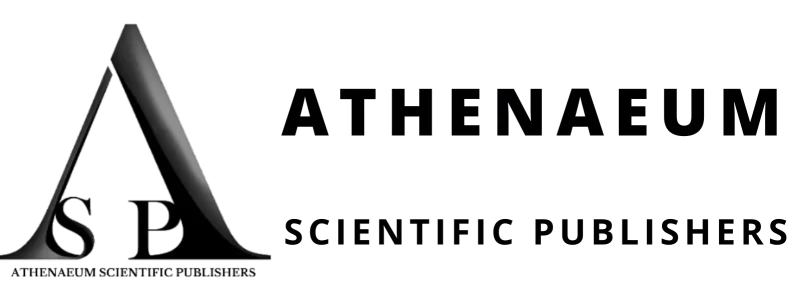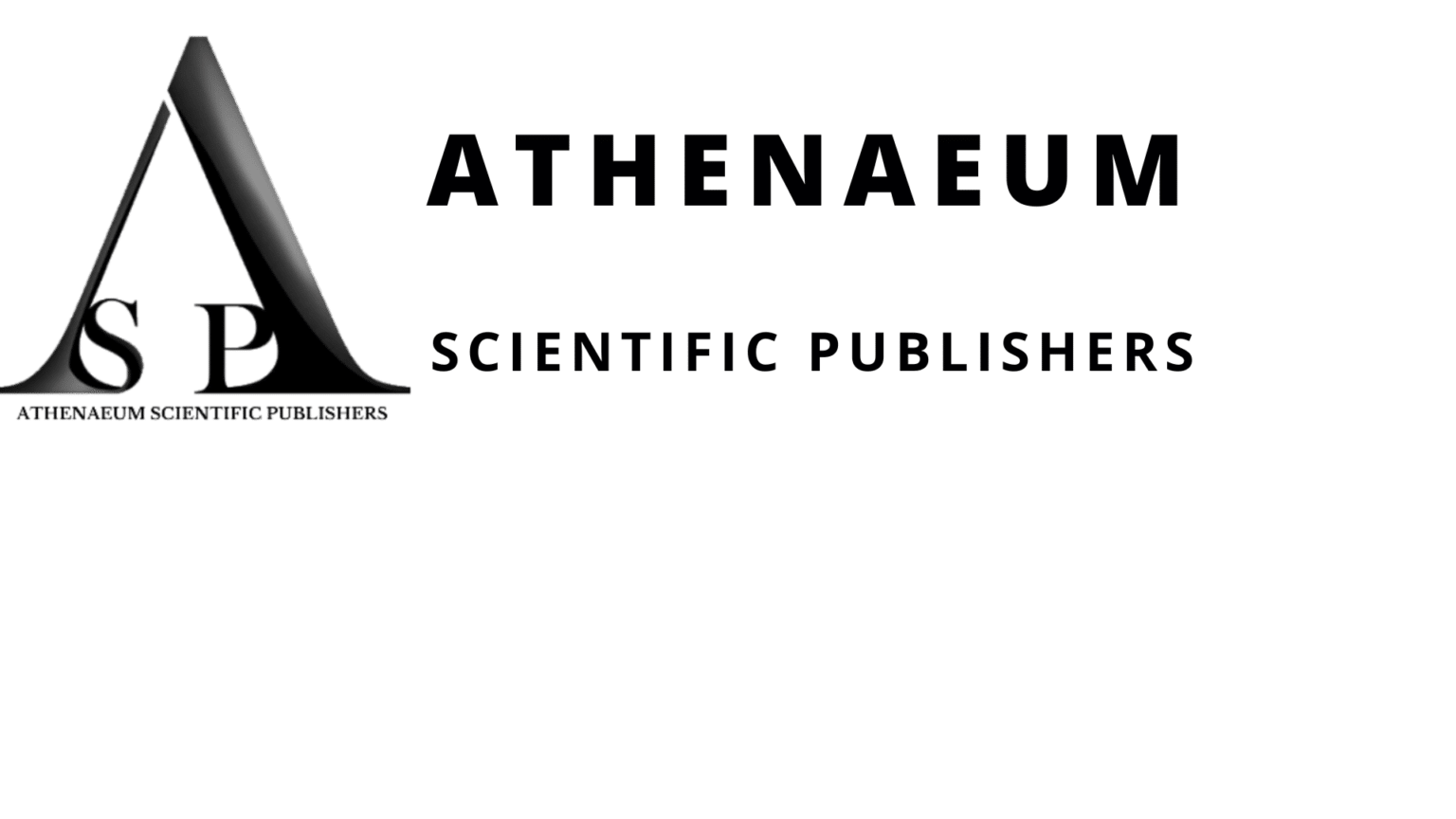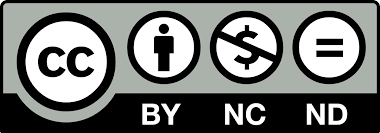João Vitor Netto1, Matheus Martins Rossi1, Raul Ribeiro Garcia1, Rogério Nabor Kondo1*
1Clinical Medicine Department, Dermatology Service of State University of Londrina, Paraná, Brazil
*Correspondence author: Rogério Nabor Kondo, MD, Clinical Medicine Department, Dermatology Service of State University of Londrina, Paraná, Brazil; Email: [email protected]
Published Date: 11-11-2023
Copyright© 2023 by Kondo RN, et al. All rights reserved. This is an open access article distributed under the terms of the Creative Commons Attribution License, which permits unrestricted use, distribution, and reproduction in any medium, provided the original author and source are credited.
Abstract
PHACES syndrome is a rare condition characterized by the association of infantile hemangioma with malformations of the posterior fossa of the brain, arterial anomalies of the central nervous system, heart defects, ocular changes and sternal cleft. The use of propranolol in the treatment of infantile hemangioma is well established, but in PHACES syndrome there is still controversy. We use propranolol in this syndrome with good results and safety.
Keywords: Hemangioma; Propranolol; Neurocutaneous Syndromes
Introduction
PHACE is a rare neurocutaneous syndrome (<1:1,000,000 births) in which an Infantile Hemangioma (IH) is associated with defects in the brain, blood vessels, eyes, heart and chest [1]. The set of anomalies makes up the acronym: P (Posterior fossa), H (Hemangioma), A (Arterial lesions), C (Cardiac abnormalities) and E (Eye or Endocrine abnormalities) [2]. An S is added to the end (PHACES) if there are abnormalities in the sternum (Sternum abnormalities) [3]. IH is one of the most important findings, as it can cause distortion of the face and lead to complications, such as ulceration and hemorrhage [4]. Propranolol (PPL) in the treatment of IH is well established, but its use in PHACE(S) syndrome is still controversial, due to other coexisting vascular and cardiac abnormalities [5]. We report the case with the aim of documenting yet another case in which PPL proved to be safe and effective in the treatment of IH in patients with PHACES.
Introduction
PHACE is a rare neurocutaneous syndrome (<1:1,000,000 births) in which an Infantile Hemangioma (IH) is associated with defects in the brain, blood vessels, eyes, heart and chest [1]. The set of anomalies makes up the acronym: P (Posterior fossa), H (Hemangioma), A (Arterial lesions), C (Cardiac abnormalities) and E (Eye or Endocrine abnormalities) [2]. An S is added to the end (PHACES) if there are abnormalities in the sternum (Sternum abnormalities) [3]. IH is one of the most important findings, as it can cause distortion of the face and lead to complications, such as ulceration and hemorrhage [4]. Propranolol (PPL) in the treatment of IH is well established, but its use in PHACE(S) syndrome is still controversial, due to other coexisting vascular and cardiac abnormalities [5]. We report the case with the aim of documenting yet another case in which PPL proved to be safe and effective in the treatment of IH in patients with PHACES.
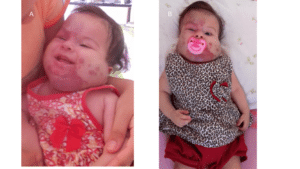
Figure 1: A: Newborn 20 days old. Segmental erythematous to violaceous plaque mainly on the right hemiface; B: Child at 2 months of age.

Figure 2: Image (3D) shows the sternal region (absence of the sternum).
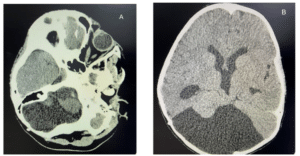
Figure 3: A: Tomography shows cystic lesion; B: Detail of cystic lesion occupying the posterior fossa.
After an echocardiogram, at one month of age, PPL was started to treat IH, initially with 0.5 mg/kg/day and progressively increased to a dose of 3 mg/kg/day, maintaining the dose for 12 months and gradually withdrawn. The patient evolved with a decrease in the volume and color of the hemangioma (Fig. 4).
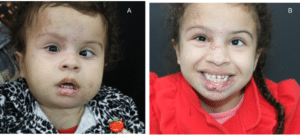
Figure 4: A: Patient after 12 months of propranolol. Discrete hemangioma and strabismus; B: Patient at 5 years of age.
Discussion
Pascual-Castroviejo, in 1978, first described the association of IH with brain abnormalities. But it was Frieden, et al., in 1996, who created the acronym PHACE and the letter S was later added due to sternal malformations, giving rise to the acronym [6,7]. In 2009, Metry, et al., established the diagnostic criteria for PHACE syndrome and revised by Garzon, et al., in 2016 (Table 1) [5,6]. The syndrome would be defined by the presence of segmental IH greater than 5cm on the face, scalp or cervical region, associated with 1 major criterion or 2 minor criteria. A “possible” syndrome would be defined by the presence of IH (of any size on the face) and 1 minor criterion. In summary, based on the criteria review, all PHACE(S) acronyms would not be necessary for the definitive diagnosis, but the presence of IH would be mandatory.
|
Systems |
Major Criteria |
Minor Criteria |
|
Brain (vascular) |
Cerebral vessel anomalies |
Persistence of embryonic arteries |
|
Brain (structural) |
Posterior fossa anomalies |
Extraaxial injury |
|
Cardiovascular |
Aortic arch anomaly |
Septum defect |
|
Ocular |
Posterior segment anomalies |
Anterior segment changes |
|
Midline |
Sternal deformities |
Hypopituitarism |
|
Adapted from Metry, et al., (2009). |
||
Table 1: Major and minor criteria for PHACE syndrome.
Our patient with giant facial IH (greater than 5 cm) and posterior fossa anomaly (Dandy-Walker complex) already had the diagnosis, but also had other acronyms including sternal cleft. Regarding the treatment of IH, in small cases it can be expectant, as the lesion can regress spontaneously. But intervention should be considered in giant cases or when there are complications, such as ulcerations or anatomical obstructions. Corticosteroids were the drug of choice for a long time, until the discovery of propranolol for this type of treatment, without the undesirable effects of prolonged corticosteroid therapy [5].
PPL is a non-selective beta-blocker and is believed to act by decreasing the expression of Vascular Endothelial Growth Factor (VEGF) and basic Fibroblast Growth Factor (bFGF), triggering apoptosis of endothelial cells [7]. There are controversies regarding the use of PPL for IH in patients with PHACE(S) syndrome, due to fear of ischemic vascular accident (ischemic stroke). However, as it is a rare syndrome, there are few cases of ischemic stroke in the literature after using this medication and these events were related to severe arteriosus and heart disease [3,8,9].
An echocardiogram is recommended before starting treatment, in addition to a multidisciplinary discussion (cardiology, neurology, dermatology and other health professionals). PPL can be started with low initial doses to minimize sudden changes in blood pressure. The initial dose is 0.5 to 1 mg/kg/day in the first week. The dosage should then be progressively increased up to a maximum dose of 3 mg/kg/day, which can be divided into 2 to 3 daily doses. The gradual increase would be to avoid side effects such as bradycardia [5]. Our patient evolved with good improvement in the giant IH, without side effects of the medication and with a good reduction in the volume of the malar and chin regions, demonstrating, in this case in question, safety and efficacy (Fig. 3).
Conclusion
PHACES syndrome is a rare neurocutaneous condition and the use of oral propranolol can be safe and effective in treating IH.
Conflict of Interest
The authors have no conflict of interest to declare.
References
- Garzon MC, Epstein LG, Heyer GL, Frommelt PC, Orbach DB, Baylis AL, et al. PHACE Syndrome: Consensus-derived diagnosis and care recommendations. J Pediatr. 2016;178:24-33.
- Foster KA, Ares WJ, Tempel ZJ, McCormick AA, Panigrahy A, Grunwaldt LJ, et al. PHACE syndrome is associated with intracranial cavernous malformations. Childs Nerv Syst. 2016;32:1463-9.
- Proisy M, Powell J, McCuaig C, Jalbout RE, Lapierre C, Dubois J. PHACES syndrome and associated anomalies: risk associated with small and large facial hemangiomas. AJR Am J Roentgenol. 2021;217(2):507-14.
- Rotter A, Samorano LP, Rivitti-Machado MC, Oliveira ZNP, Gontijo B. PHACE syndrome: clinical manifestations, diagnostic criteria, and management. An Bras Dermatol. 2018;93(3):405-11.
- Metry D, Heyer G, Hess C, Garzon M, Haggstrom A, Frommelt P, et al. Declaração de Consenso sobre os Critérios de Diagnóstico para a Síndrome PHACE. Pediatria. 2009;124:1447-56.
- Garzon MC, Epstein LG, Heyer GL, Frommelt PC, Orbach DB, Baylis AL, et al. Síndrome PHACE: Diagnóstico Derivado de Consenso e Recomendações de Cuidados. J Pediatr. 2016;178:24-33.
- Léauté-Labrèze C, Dumas de la Roque E, Hubiche T, Boralevi F, Thambo JB, Taïeb A. Propranolol for severe hemangiomas of infancy. N Engl J Med. 2008;358:2649-51.
- Sharma A, Parvathy S. PHACE syndrome: remarkable response to propranolol. Indian Dermatol Online J. 2023;14(3):443-44.
- Olsen GM, Hansen LM, Stefanko NS. Assessing the safety of oral propranolol therapy in patients with PHACE syndrome. JAMA Dermatol. 2020;156(2):186-90.
Article Type
Case Report
Publication History
Received Date: 14-10-2023
Accepted Date: 04-11-2023
Published Date: 11-11-2023
Copyright© 2023 by Kondo RN, et al. All rights reserved. This is an open access article distributed under the terms of the Creative Commons Attribution License, which permits unrestricted use, distribution, and reproduction in any medium, provided the original author and source are credited.
Citation: Kondo RN, et al. The Efficacy and Safety of Oral Propranolol in Hemangioma of PHACES Syndrome: A Case Report. J Dermatol Res. 2023;4(3):1-5.

Figure 1: A: Newborn 20 days old. Segmental erythematous to violaceous plaque mainly on the right hemiface; B: Child at 2 months of age.

Figure 2: Image (3D) shows the sternal region (absence of the sternum).

Figure 3: A: Tomography shows cystic lesion; B: Detail of cystic lesion occupying the posterior fossa.

Figure 4: A: Patient after 12 months of propranolol. Discrete hemangioma and strabismus; B: Patient at 5 years of age.
Systems | Major Criteria | Minor Criteria |
Brain (vascular) | Cerebral vessel anomalies | Persistence of embryonic arteries |
Brain (structural) | Posterior fossa anomalies | Extraaxial injury |
Cardiovascular | Aortic arch anomaly | Septum defect |
Ocular | Posterior segment anomalies | Anterior segment changes |
Midline | Sternal deformities | Hypopituitarism |
Adapted from Metry, et al., (2009). | ||
Table 1: Major and minor criteria for PHACE syndrome.
